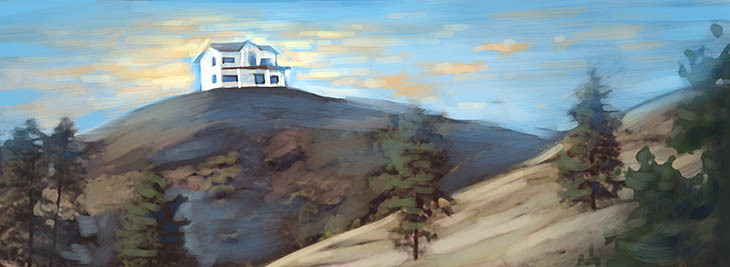This article was originally published at the defunct Skepticblog.org on Jan 7, 2014. An archived version is available here.
Have you heard that Bigfooters finally have the proof we’ve been waiting for? At long last, after half a century of hunting, they have finally gotten their hands on a really seriously genuine Bigfoot body—again! And by astonishing coincidence, this totally completely real Bigfoot body is being offered up to the media by one of the exact same guys who gave us the previous totally real “Georgia Bigfoot” body, way back in the storied yesteryear of 2008. That case was a hoax. As the hoaxers explained, the 2008 “body” was really a costume stuffed with roadkill.
“It’s just a big hoax, a big joke,” said car salesman Rick Dyer. Dyer told Channel 2 he never intended to put it across as the real deal. “It’s bigfoot. Bigfoot doesn’t exist,” he said.
Now that same hoaxer is now back, making headlines with the claim that he shot and killed another Bigfoot. “I’m going to go down in history as the best Bigfoot tracker in the world,” he boasts —and for some reason we’re talking about it. Read more

 Robert Heinlein’s classic 1961 sci-fi novel Stranger in a Strange Land includes a passage I’ve often thought of as a parable for scientific skepticism.
Robert Heinlein’s classic 1961 sci-fi novel Stranger in a Strange Land includes a passage I’ve often thought of as a parable for scientific skepticism.